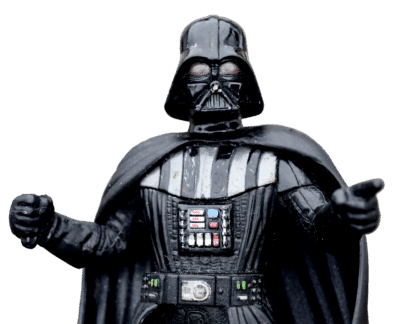
More than once, I’ve read a book that I considered pretty good, but the villain was so cartoonish and two dimensional that it ruined it for me. Disclaimer: books are only as good as their characters for this reader. Nothing, but nothing, can make up for shallow characters. And a cardboard villain is a deal-breaker.
The principle is always that fictional characters, no matter how quirky or exceptional, should be true to life. You should be able to recognize them on the street, so to speak. You should be able to love them, despite their foibles, just as we do our foiblous family and buddies. OK, maybe just a little bit.
Love that Villain
But a villain should be evil, you say. He’s plotting to blow up the world—or steal the hero’s girl, or something BAD. True, but I would submit that no sane human being is without some attractive qualities. No one is without some interior rationale for what they do. Often the person we consider a villain simply has a different agenda than we, or their point of view is skewed by their past. That’s why back stories are so important in characterizing your villain. It should be possible to feel a sneaking sympathy for him or her. Would a little remorse, a little internal conflict make their evil actions less evil? It would certainly make them more human. People who slash out at others are often in pain themselves. You may have noticed that kids frequently identify more with the villain than with the hero. Why? An outcast? Someone who feels he has to prove himself? Or maybe he’s just a more interesting, nuanced fellow.
The Mug Shot
So what does a villain look like? If you believe the pulps, they are often deformed or scrawny. Or else impossibly handsome and polished, with an impossible (and it usually is) armory of high tech weapons at their disposal. They are probably smart, because these are not your bully boys. The latter are big and muscular, generally ugly, but not smart. They’re the goons of the villain. Sounds like we have some stock characters here, doesn’t it? Alas, bad novels are full of them. I recently read a historical (in another language, so no toes stepped on here) where it was pointed out repeatedly that the villain had a hyena-like laugh. Overkill. In fact, bad people are just people. They look—and laugh—like everybody else.
Soften ‘Em Up
Unless one of your points of view is that of the villain, it may be a little harder to work some humanity into her. But the way other people view her may be telling. Are her henchmen devoted? Does she love her cat? Does she at least have good manners? Is her motive for evil an altruistic one? An editor once commented that one of my villains, a completely mad one, was the most delightful character in the book. But evil, nonetheless. Bwa-ha-ha-ha!

Ken Pelham
Couldn’t agree more. Even sociopaths and psychopaths can warrant empathy. Many of them went through trauma we can’t even imagine.
Niki Kantzios
Sounds like writing should actually make us better, more empathetic people, doesn’t it?
Mary Ann de Stefano
Writing and reading, yes!
Niki Kantzios
Gosh, I hope so! But one could imagine a well-read villain (or an author villain…)!